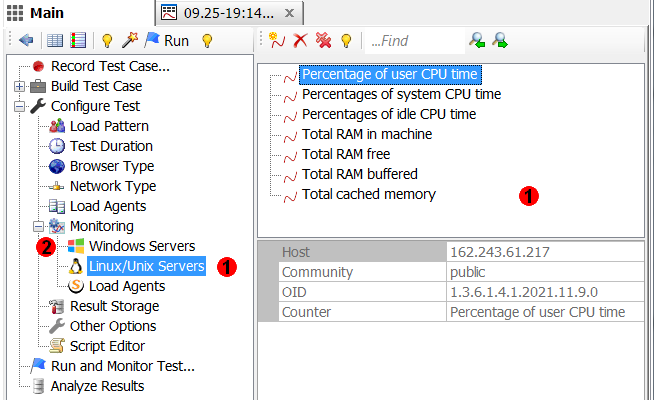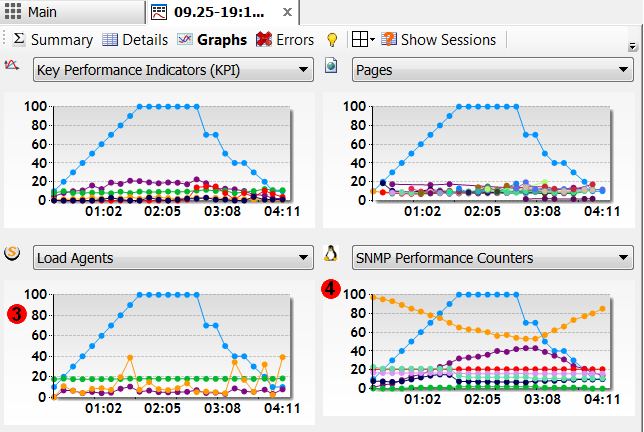Released today, v4.0 update 4 added Linux/Unix server monitoring and several other features and enhancements:
1. Linux/Unix server monitoring. StresStimulus now can monitor various metrics of Linux/Unix-based servers during load test execution using SNMP protocol. See Linux/Unix Servers Monitoring

2. Separate configuration section for monitoring Windows servers and load agents. In previous versions, Windows server and load agent monitoring parameters were configured in the same section. For consistency, in this version these two areas are separated. They are located in two different nodes on the workflow tree. See Windows Servers Monitoring and Load Agents Monitoring
3. Separate performance counter graphs for Windows servers and load agents. In previous versions, Windows servers and load agents counters were shown on the same performance graph. In order to provide more presentation customization, these two group parameters are now displayed in two independent graphs. Users can customize on which of the four panel they want to display each graph. See Graphing Performance Metrics

4. New performance counters graphs for Linux/Unix servers. Users can select on which of the four panels they want to display the Linux/Unix servers performance graph.
5. For better recognition of multiple charts, each charts now shows the graph type icon on the left of the drop-down. See Monitoring Performance
6. Test report branding. Users with a Service Provider license can now replace the StresStimulus logo with a custom logo and a vendor copyright statement with a custom footer line on test reports pages. See Custom Branding
7. Scripting reference. Complete scripting reference documentation is added to the online help. See Scripting Reference.
Several fixes and improvements.
To navigate to other parts of the v4.0 release notes, click the links below:
4.0 is available here.